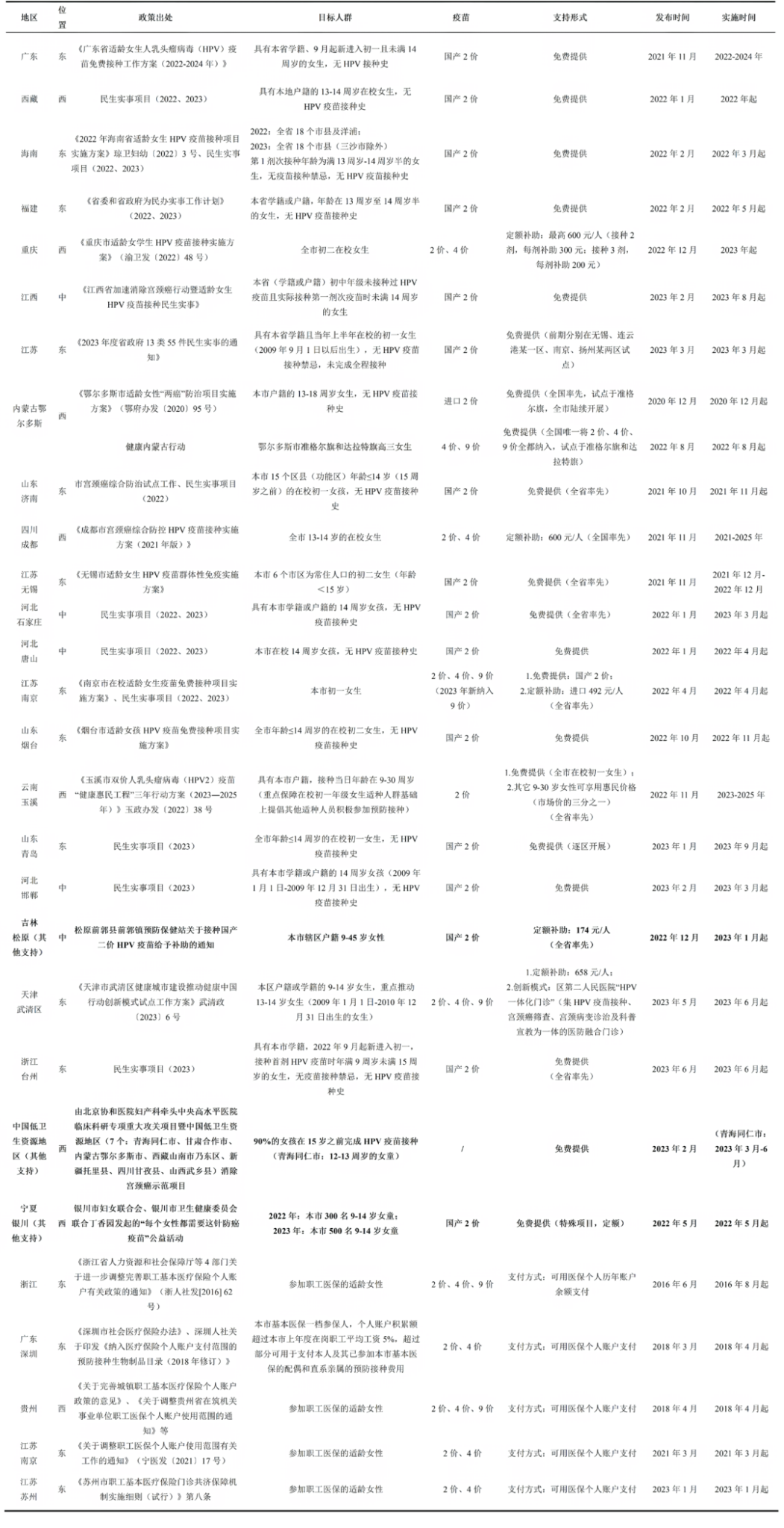Global/National Policy Updates
01
Free HPV vaccination for school girls in Zhejiang Province
During the 14th People’s Congress Meeting of Zhejiang Province on January 23rd, the implementation of free HPV vaccination for school girls was approved as one of the ten programs for people’s livelihood in the Province. The local manufactured bivalent HPV vaccine will be provided free of charge. The 2024 program’s goal will focus on girls aged 13-14 and complete the first dose vaccination by the end of May for this target group.
https://zjnews.zjol.com.cn/zjnews/202405/t20240529_26874934.shtml
02
Cameroon rolls out the world’s first malaria vaccine
Cameroon, a country in Central Africa, “launched the world’s first routine vaccine programme against malaria” with “RTS,S”, which is a vaccine against Plasmodium falciparum — the first vaccine recommended by the World Health Organization for use in children in areas at high risk of malaria transmission. In Cameroon, all infants under 6 months of age receive the vaccine, which consists of four free doses. WHO estimates that between 40 and 60 million doses of the vaccine will be needed annually by 2026, rising to between 80 and 100 million doses by 2030. In a few years, demand for the vaccine is likely to far exceed supply.
https://www.reuters.com/world/africa/cameroon-rolls-out-worlds-first-malaria-vaccine-2024-01-22/
Journal Content Recommendation
03
Consumption of health-related videos and human papillomavirus awareness: cross-sectional analyses of a U.S. national survey and YouTube from the urban-rural context
Journal of Medical Internet Research published a paper analyzing YouTube searches for “HPV” and “HPV vaccine” in a cross-sectional study using data from the U.S. National Trends in Health Information survey search volume and related search content. The results demonstrated a dramatic increase in the number of health-related video played on social media in the United States between 2017 and 2022. Regardless of whether they live in urban or rural areas, “adults who consumed health-related videos had a significantly higher probability of being aware of HPV and the HPV vaccine compared with those who did not watch health videos on the internet.” Thus, social media’s inherent qualities can be further used to raise public health awareness.
04
Novel inhaled TB vaccine
The Jenner Institute at the University of Oxford initiated a clinical trial recruiting healthy volunteers who have been vaccinated with the Bacillus Calmette-Guérin (BCG) vaccine, including those with or without type 2 diabetes, to explore whether inhaled BCG vaccine is more effective at preventing tuberculosis than traditional intradermal injections; whether multiple vaccinations of BCG vaccine stimulate a stronger immune response; and in patients with type 2 diabetes, and whether subcutaneous injections of BCG vaccine produces the same immune response as in healthy subjects.
https://www.ox.ac.uk/news/2024-01-15-novel-inhaled-tb-vaccine
05
Implementing effective care in a university population based on national vaccination recommendations
The study published in the American Journal of Medical Quality, used a “plan-do-study-act” quality improvement approach to increase vaccination rates among adult college students in the United States by 30% in 90 days. “Core interventions included enhanced screening, vaccine shared decision-making, provider checklists, and a team engagement plan.” Prior to the initiative, more than 83% of participants were not up-to-date on vaccines as required by guidelines. Through the 8-week intervention, the team successfully recommended 265 of the 274 vaccines students were eligible to receive, and effective vaccination rates increased by 83.8%, significantly exceeding the intervention program goals. The study suggests that campus health centers and other primary care settings to adopt a similar strategy, providing “clear benefits to patients and the broader community while decreasing health care costs.”
https://doi.org/10.1097/jmq.0000000000000162
06
Reducing vaccination disparities during a national emergency response: the U.S. Mpox vaccine equity pilot program
An evaluation was published in Public Health Management & Practice. Following the 2022 Monkeypox outbreak, the U.S. government implemented the Mpox Vaccine Equity Pilot Program (MVEPP), which included a focus on public events attended by diverse, at-risk populations, and a requirement for health departments to implement a Mpox vaccination program used to recognize, work, and “eliminate racial/ethnic and other disparities”. The evaluation identified three innovative strategies, namely, partnering with organizations that serve at-risk populations, implementing the MVEPP at sites frequented by the target population, and providing integrated services instead of solely immunization.
http://dx.doi.org/10.1097/PHH.0000000000001818
07
Global perspectives of determinants influencing HPV vaccine introduction and scale-up in low- and middle-income countries
PLOS ONE published a qualitative study that interviewing 13 stakeholders from international organizations to explore their perceptions of the variables that influence the introduction and expansion of HPV vaccination programs in low- and middle-income countries. The results of this investigation identified both upstream “(e.g., financial considerations, vaccine prioritization, global supply, capacity and delivery, and vaccine accessibility, equity, and ethics)” and downstream “(e.g., vaccine acceptability and hesitancy, communications, advocacy, and social mobilization)” determinants, and confirmed that “strong political commitment and governance are significant in garnering support for HPV vaccines.” The study suggests that the introduction of HPV vaccines in low- and middle-income countries requires a strategic approach to communication and advocacy to successfully achieve coverage targets.
https://doi.org/10.1371/journal.pone.0291990
Content Editor: Linjing(Grace) Zhang
Page Editor: Ziqi Liu





